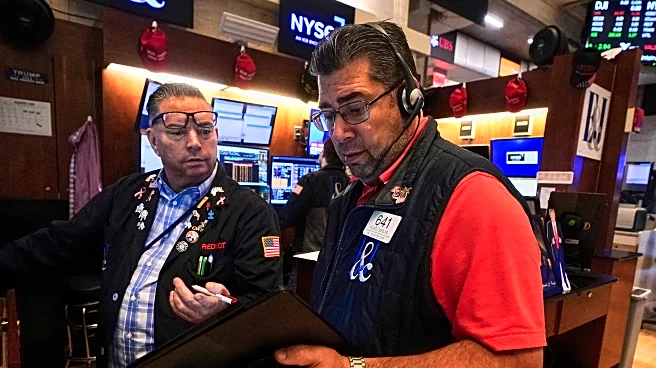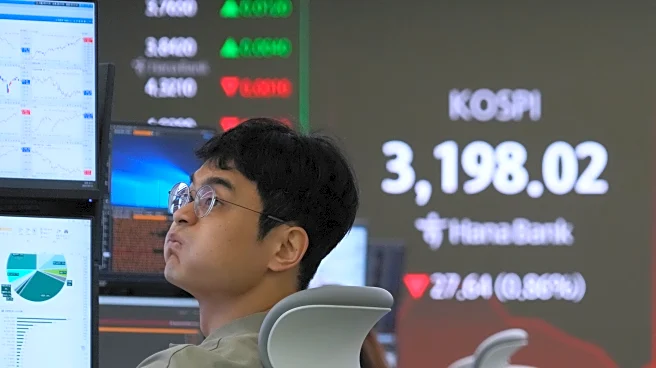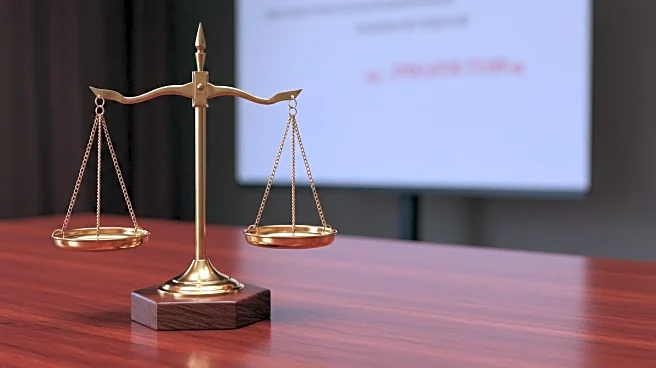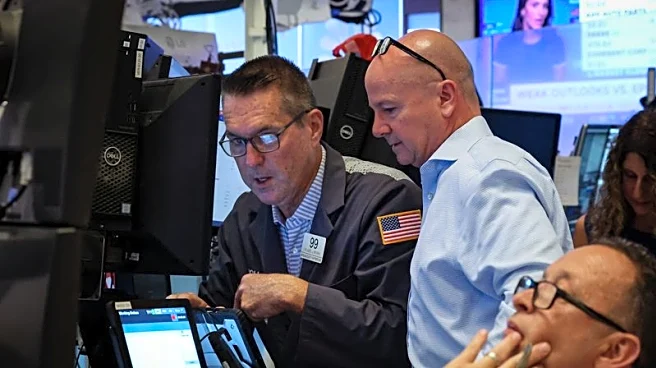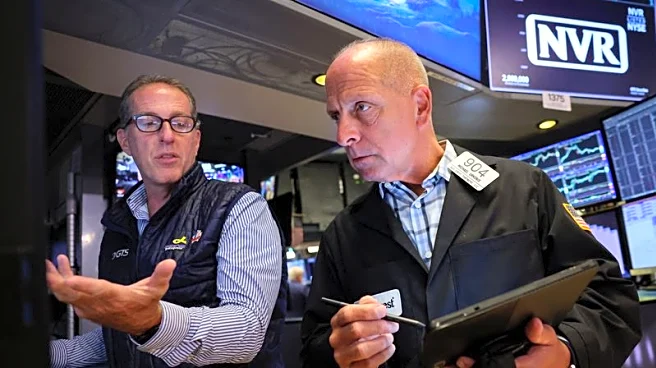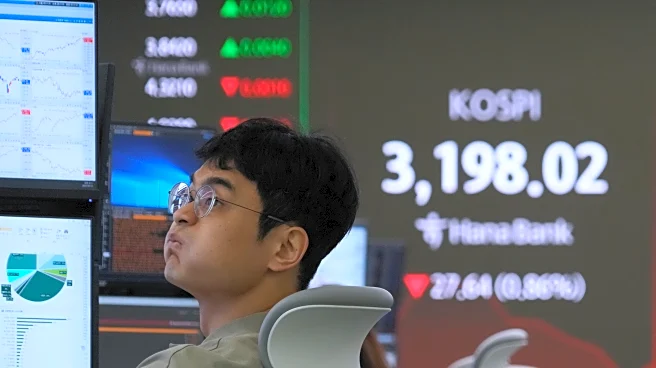By Dan Burns
WASHINGTON (Reuters) -Last month's decision by the U.S. Federal Reserve to hold interest rates unchanged prompted dissents from two top central bankers who wanted to lower rates to guard against further weakening of the job market, and a readout of that two-day gathering on Wednesday could show whether their concerns had started to resonate with other policymakers, perhaps reinforcing expectations that borrowing-cost reductions could begin next month.
Not even 48 hours after the conclusion
of the July 29-30 Federal Open Market Committee meeting, data from the Labor Department appeared to validate the concerns of Fed Vice Chair for Supervision Michelle Bowman and Governor Christopher Waller when it showed far fewer jobs than expected were created in July, the unemployment rate ticked up and the labor force participation rate slid to its lowest since late 2022. More unsettling, though, was an historic downward revision for estimates of employment in the previous two months. That revision erased more than a quarter of a million jobs thought to have been created in May and June and put a hefty dent in the prevailing narrative of a still-strong-job market. The event was so angering to President Donald Trump that he fired the head of the Bureau of Labor Statistics.
Data since then, however, has provided some fodder for the camp more concerned that Trump's aggressive tariff regime risks rekindling inflation to hold their ground against moving quickly to lower rates. The annual rate of underlying consumer inflation accelerated more than expected in July and was followed by an unexpectedly large jump in prices at the producer level.
"The minutes to the July Federal Open Market Committee will give a more nuanced sense of the split on the committee between the majority that voted to leave rates on hold and the dovish bloc led by dissenting Governors Miki Bowman and Christopher Waller," analysts at Oxford Economics wrote ahead of the minutes release, set for 2 p.m. ET (1800 GMT) on Wednesday. "However, the minutes are more stale than usual since they predate the revised payroll figures, which prompted a rapid repricing of the probability of a September rate cut."
Heading into the release of the minutes, CME's FedWatch tool assigns an 85% probability of a quarter-point reduction in the Fed's policy rate from the current range of 4.25%-to-4.50%, where it has remained since December.
Another reason the minutes may feel stale on arrival is they come just two days before a highly anticipated speech from Fed Chair Jerome Powell at the annual economic symposium near Jackson Hole, Wyoming, hosted by the Federal Reserve Bank of Kansas City. Powell's keynote speech on Friday morning - set to be his last Jackson Hole address as Fed chair with his term expiring next May - could show whether Powell has joined ranks with those sensing the time has come for steps to shield the job market from further weakening or if he remains in league with those more wary of inflation in light of its moves away from the central bank's 2% target.
The lack of Fed rate reductions since Trump returned to the White House has agitated the Republican president, and he regularly lashes out at Powell for not engineering rate cuts. Trump is already in the process of screening possible successors to Powell and after the unexpected resignation earlier this month of one of the seven Board of Governors members, he has a chance to put his imprint on the Fed soon. He has nominated Council of Economic Advisers Chair Stephen Miran to fill the seat vacated by Adriana Kugler, a term that expires at the end of January. It is unclear whether Miran will win Senate confirmation before the Fed's September 16-17 meeting.
(Reporting by Dan Burns; Editing by Anna Driver)






